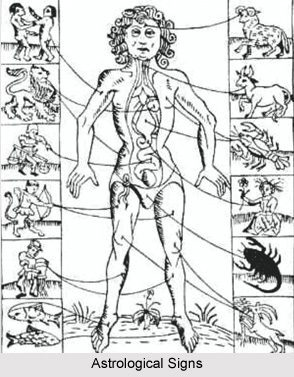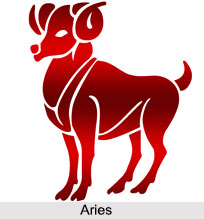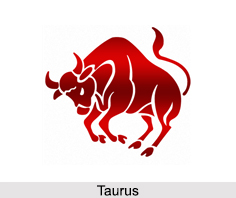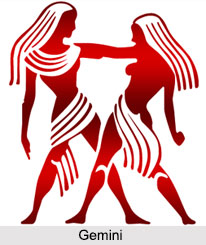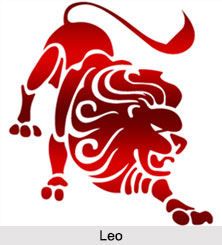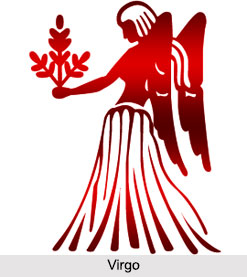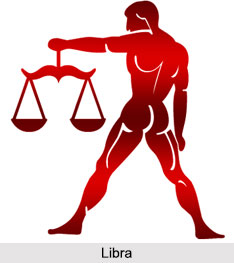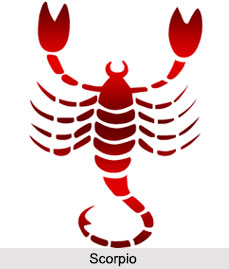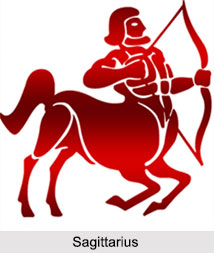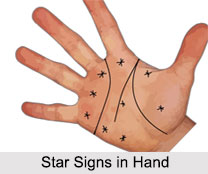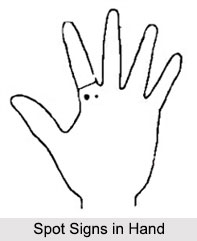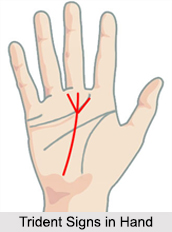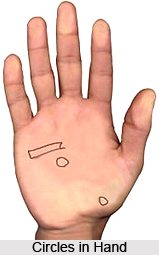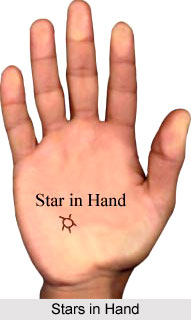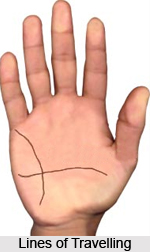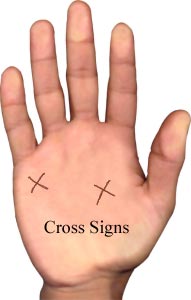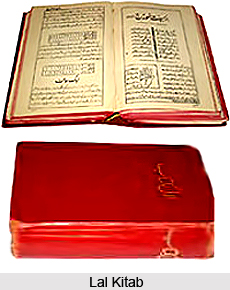 Lal Kitab`s central theme is to diagnose problems by studying the chart of a person and providing simplistic solutions to him. The entire system is created solely to relieve people from their problems. The Lal Kitab is based on principles of Samudrik shastra and Jyotish Gyan. It has its own set of concepts, analysis and solutions quite different from conventional branches. The branch is essentially based on palmistry. The chart of an individual is cast by reading the palm and positions of various signs on it. Day, place and time of birth are of no importance. Sometimes the chart matches the horoscope derived by classical Indian astrology.
Lal Kitab`s central theme is to diagnose problems by studying the chart of a person and providing simplistic solutions to him. The entire system is created solely to relieve people from their problems. The Lal Kitab is based on principles of Samudrik shastra and Jyotish Gyan. It has its own set of concepts, analysis and solutions quite different from conventional branches. The branch is essentially based on palmistry. The chart of an individual is cast by reading the palm and positions of various signs on it. Day, place and time of birth are of no importance. Sometimes the chart matches the horoscope derived by classical Indian astrology.
Although the chart derived by Lal Kitab is different from the conventional horoscopes in many ways, the trait that sets Lal Kitab apart is its uniquely effective and unbelievingly simple remedies it offers for various planetary afflictions in the horoscope. The remedies can range from throwing something in the river, to feeding dough to the dogs. No matter how hopeless the situation seems to be, in majority of cases Lal Kitab claims to provide fast and effective solutions for each and every one.
Many believe Lal Kitab to be an ancient book from Persia with unknown authorship. In relevance of modern times, Lal Kitab is a famous publication of five successive volumes published between 1939- 1952. The author of the book who has written it in interesting verses of Urdu and Punjabi is Pt Roopchand Joshi (1898 - 1982). While it is acknowledged that he wrote the book based on his own study of physiognomy, astronomy and by some divine inspiration. Irrespective of the claims, Pandit Roopchandji is known to be the foremost master of the art, who made his work public through his books.
The basis of Lal Kitab lies with Samudrik shastra. A chart is cast by studying the subject`s palm. The palm is divided in twelve zones as per the twelve houses in the horoscope. The placement of various types of signs, symbolic of each planet is marked out and detailed planetary position is depicted in the chart. The native problem is analyzed by looking at the horoscope. Influences of planets are derived out of their positions in the respective houses. Cause of the trouble is singled out. Then accordingly certain remedies are suggested to encounter malefic effects of the particular planet. The Sutras explained in the book guides every interpretation.
Through Lal Kitab system, a subject`s house`s vastu can be derived out by looking at his horoscope. Certain remedies are suggested to change the vastu of the house by placing things in certain direction. At other times remedies comprises of simple use of non-living objects/ eatables etc. The cures are provided by altering the presence of objects around us, or by making slight changes in the routine. Thus, this combination of Vaastu, palmistry and astrology is used to gain practical insight in human life, and alter it with amazing simplicity. Lal Kitab does not believe in complicated methods of analysis and solution giving. Lal Kitab is classified extensively in Five volumes:
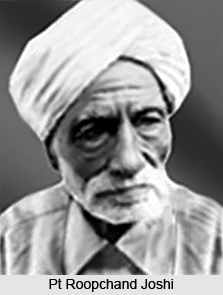
Lal Kitab ke Farmaan: This book sets the foundation for the Lal Kitab astrology. It is a thoroughly illustrated book in which usage of Samudrik shastra is explained in detail. Right from explaining toenail and lines on forehead, to with fine points of palmistry is described in relevance with their respective relation to the planets. Every further move is based on these basics only. There are about 181 farmaans in the book.
Lal Kitab ke Armaan: This book lays the foundation of the basic astrology. The twelve houses, and Lal Kitab astrology is explained with reference to the palmistry in the earlier sequel. In this book, the relation between signs on the palm and chart making is established. Effects of the planets in the houses are also described in details. Certain concepts are also introduced in this book, which are exclusive to Lal Kitab astrology only.
Gutka: Gutka is a pocketbook for reference. In this book, the combined information from the early two books is summarized for the benefit of the reader. A unique and simplified method for creating Varshphal is also described here. In this method, time zones can be fine tuned in months, weeks and even days, hours, minutes and seconds. Predictions are made with accuracy using the Varshaphal system.
Lalkitab-1 and Lalkitab-2: These two books in the sequel have various remedies for different planetary afflictions described in details. These may be the simple remedy pertaining to change the vastu of the house, or doing certain actions utilizing eatables and inanimate objects. Though some methods may seem close to voodoo methods, none of these are ever intended for any harmful purpose.
The Lal Kitab remedies are so simple to follow that they automatically generate doubts about the effectiveness. Cures can be as simple as giving donations, to feeding cows and dogs. The remedies are cheap and are known to give quick results. The results can miraculously obtained within the range of a day to 43 days. Such methods against the laborious methods of Yantra, mantra and Jap prove to be effective and easy to follow. Lal Kitab also warns that if a proper astrologer does not suggest remedies, they should not followed or should be instantly abandoned if negative results begin to show up.
Interestingly, Lal Kitab remedies are irrespective of any religious beliefs. The remedies might include some warnings, or certain rituals to be followed only after a certain age. The remedial suggestions can range from keeping a dog, or keeping association with a particular bodied person (like a black woman). Each remedy is assigned for particular planetary afflictions. Such remedies are for general welfare. Yet there are general remedies such as
•No eating on the bed;
•Discarding old useless things from home;
•Not insulting one`s elders and parents.
Thus, Lal Kitab is quite popular with the masses, as even an illiterate and poor man can follow up the solutions. Still, a systematic study of the work is required. It is a common belief that the book will eventually be properly understood and will be added to the already rich heritage of Indian astrology.
